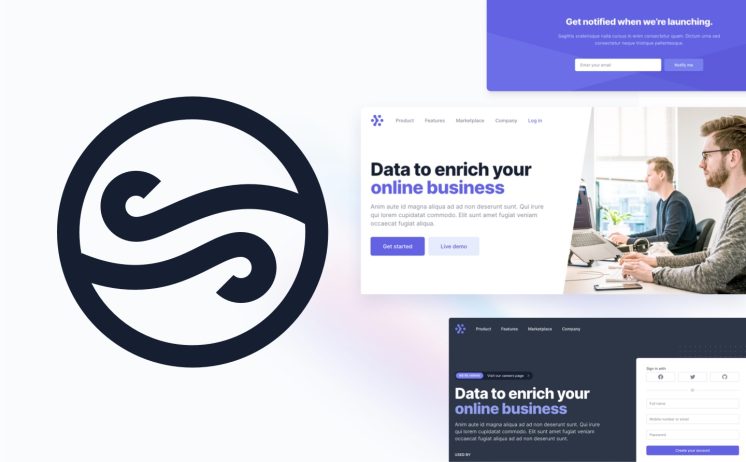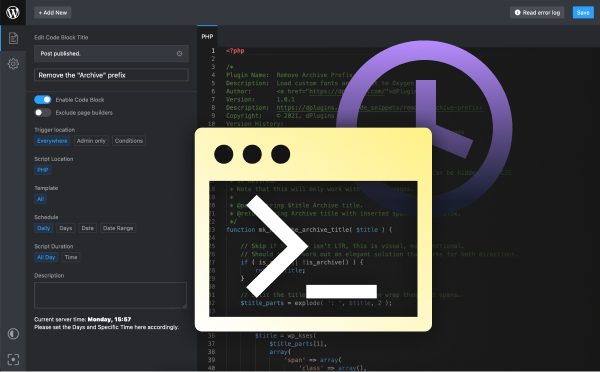Padding versus margin is an important concept when it comes to web design. Padding and margin refer to the space between elements on a web page, such as images, text, and buttons. The difference between padding and margin is that padding is the space between the content and the border, while margin is the space between the border and other elements. Padding and margin can be used to create a visually appealing web page, as well as provide an effective way to organize content. Understanding the difference and how to use padding and margin correctly can be an important part of creating a website.
The Difference Between Padding and Margin: Exploring How to Use Both for Maximum Effect.
When it comes to designing a beautiful page, the difference between padding and margin is essential to understand. Padding and margin both help to create the structure of a page, but each one serves a different purpose. Padding is the space between an element, like a button, and its surrounding elements, like text. It creates a buffer between the two, making a page look more organized and aesthetically pleasing. Padding is also used to help control the size of an element. By adding padding to an element, you can make it appear larger or smaller, depending on the needs of the design. On the other hand, margin is the space between two elements. It can be used to create white space, making a page look less cluttered and more organized. Unlike padding, which affects the size of an element, margin affects the distance between elements. So how can you use both padding and margin to maximum effect? The key is to use them together to balance the elements of your page. With padding, you can create a consistent size that looks organized and visually pleasing. With margin, you can create the white space necessary to separate elements and make your page look less cluttered. When used together, padding and margin can create a beautiful page that is both organized and visually appealing. By understanding the difference between padding and margin and how to use them to maximum effect, you can create a stunning page that will wow your readers.
When to Use Padding Versus Margin: Tips for Choosing the Right Style for Your Design.
Designers often face the challenge of choosing between padding and margin when it comes to styling their website. While both padding and margin can be used to create space between elements, the key difference between them lies in the way the space is created. Padding is the space between an element’s content and its border. It adds extra space within the element, making it look larger and more inviting. Margin, on the other hand, is the space between two elements. It creates a separation between elements, keeping them from running into each other. When it comes to choosing between padding and margin, it all depends on the style and look you are trying to achieve. Padding is great for creating a more inviting, rounded look, while margin is perfect for creating a clean, professional look. If you’re looking for a modern look, you can opt for padding to create the illusion of space between elements. On the other hand, if you’re going for a classic, traditional look, margin is the way to go. No matter what style you’re going for, it’s important to remember that both padding and margin have their place in design. They each have their own unique style that can be used to create stunning designs. So the next time you’re faced with the decision between padding and margin, take a moment to consider the look you’re trying to achieve and decide which one will work best for your design. With a little bit of thought, you’ll be able to find the perfect balance between padding and margin and create a stunning website design.
Padding and margin are two important concepts in web design that can be used to create a visually pleasing layout. Padding adds space between elements and helps to separate them from each other, while margin adds space outside of elements to separate them from other elements or the edge of the page. Both are important for creating a balanced and well-structured layout, and when used together they can create a beautiful and effective design.


